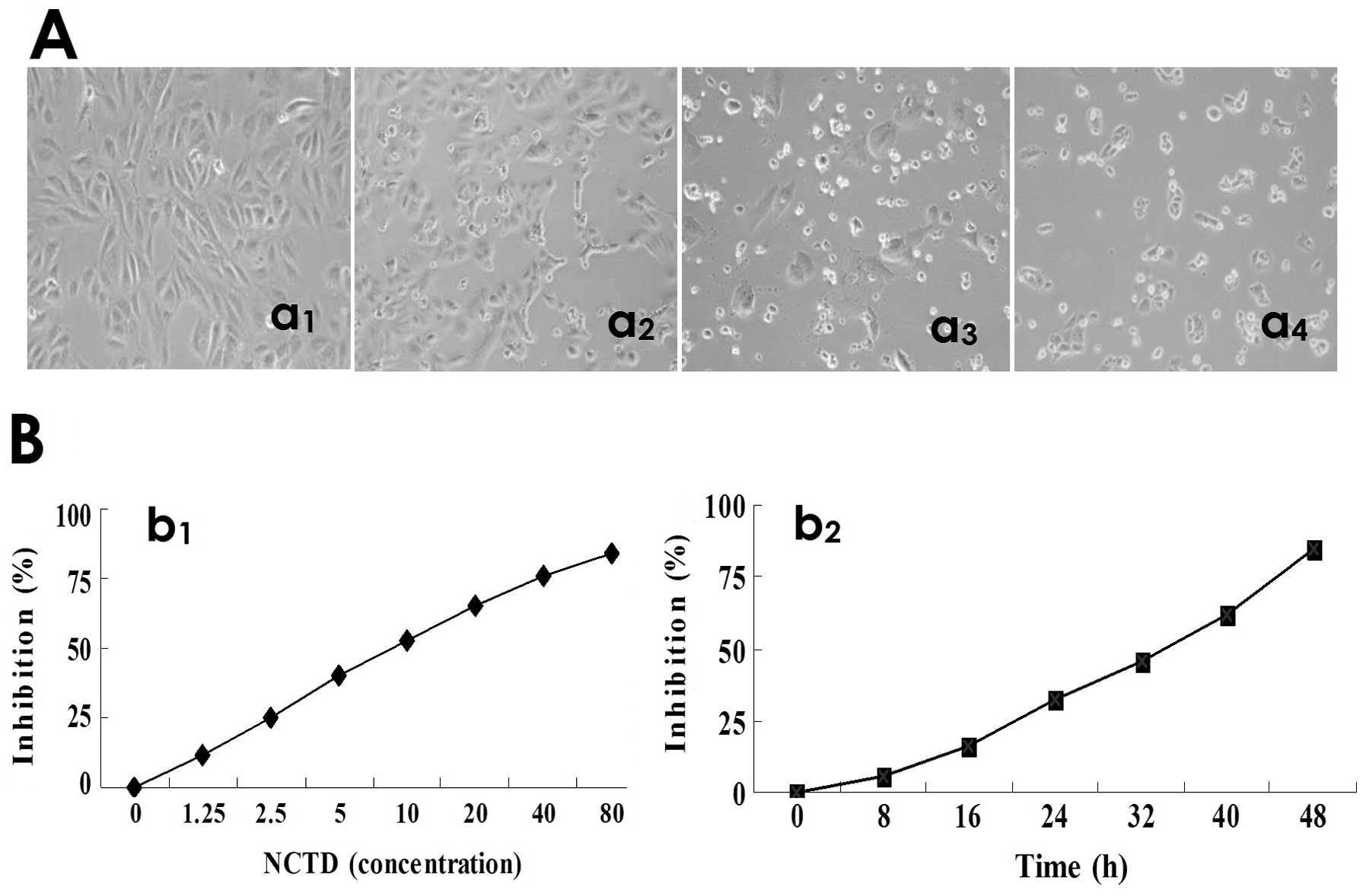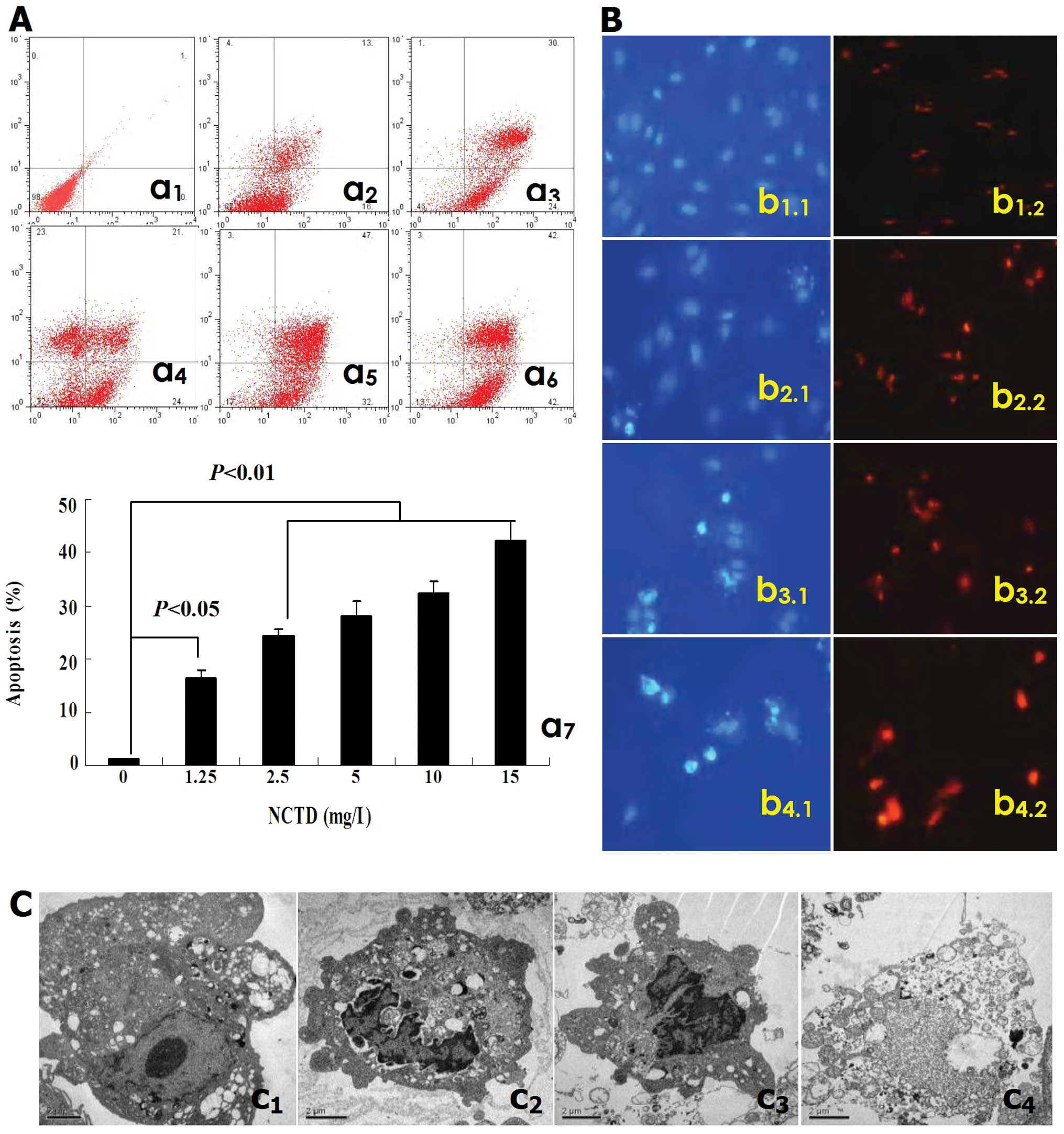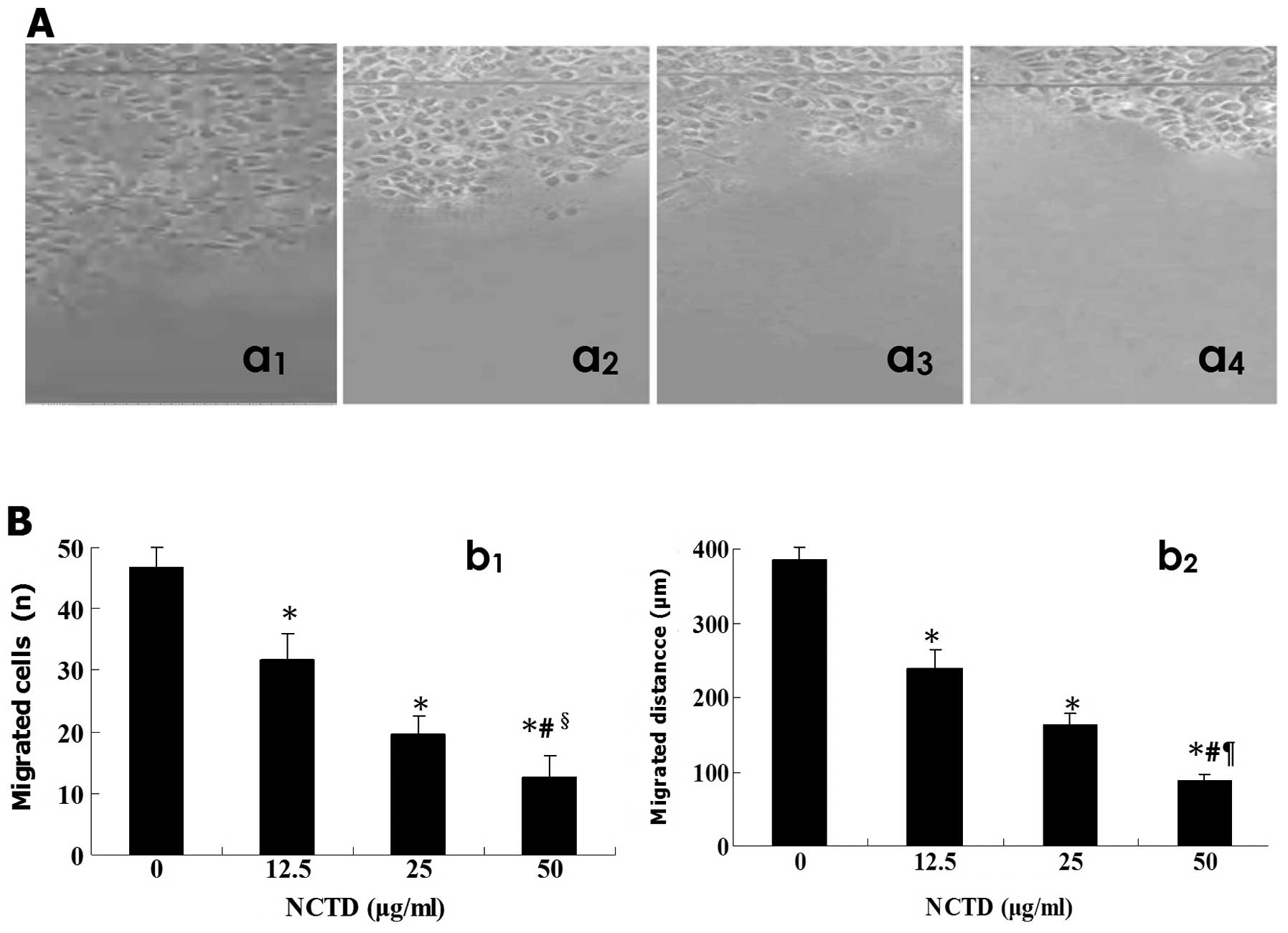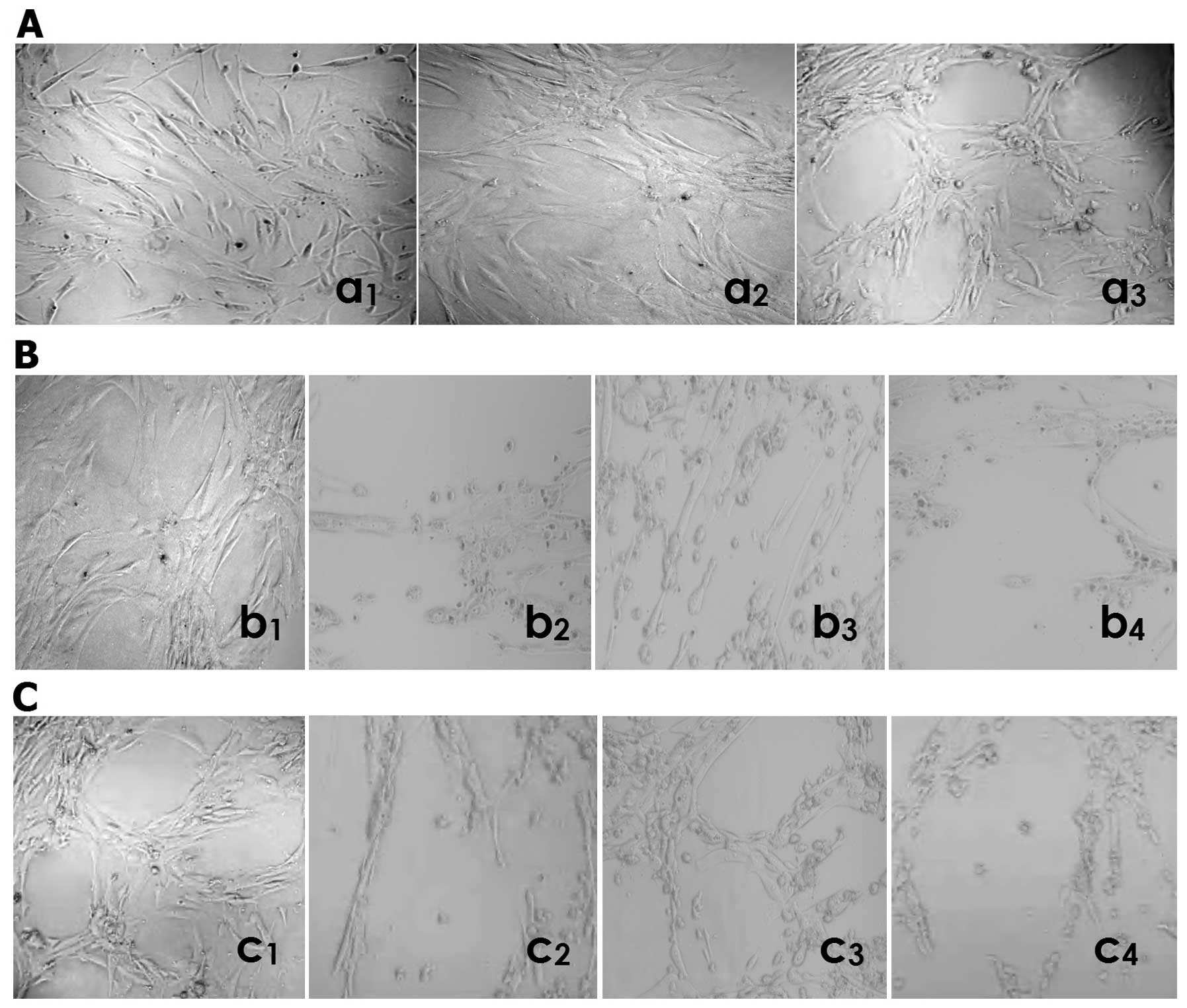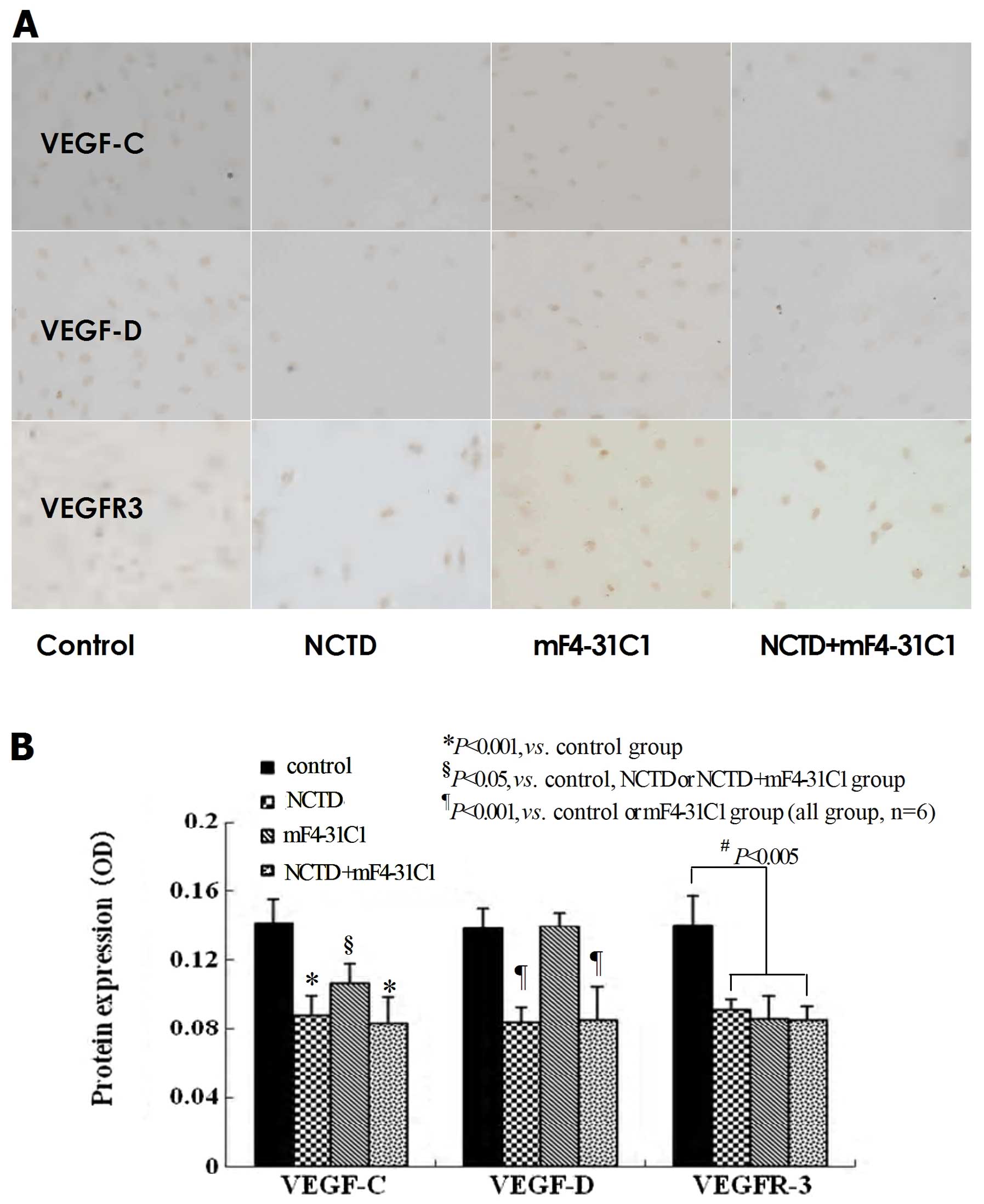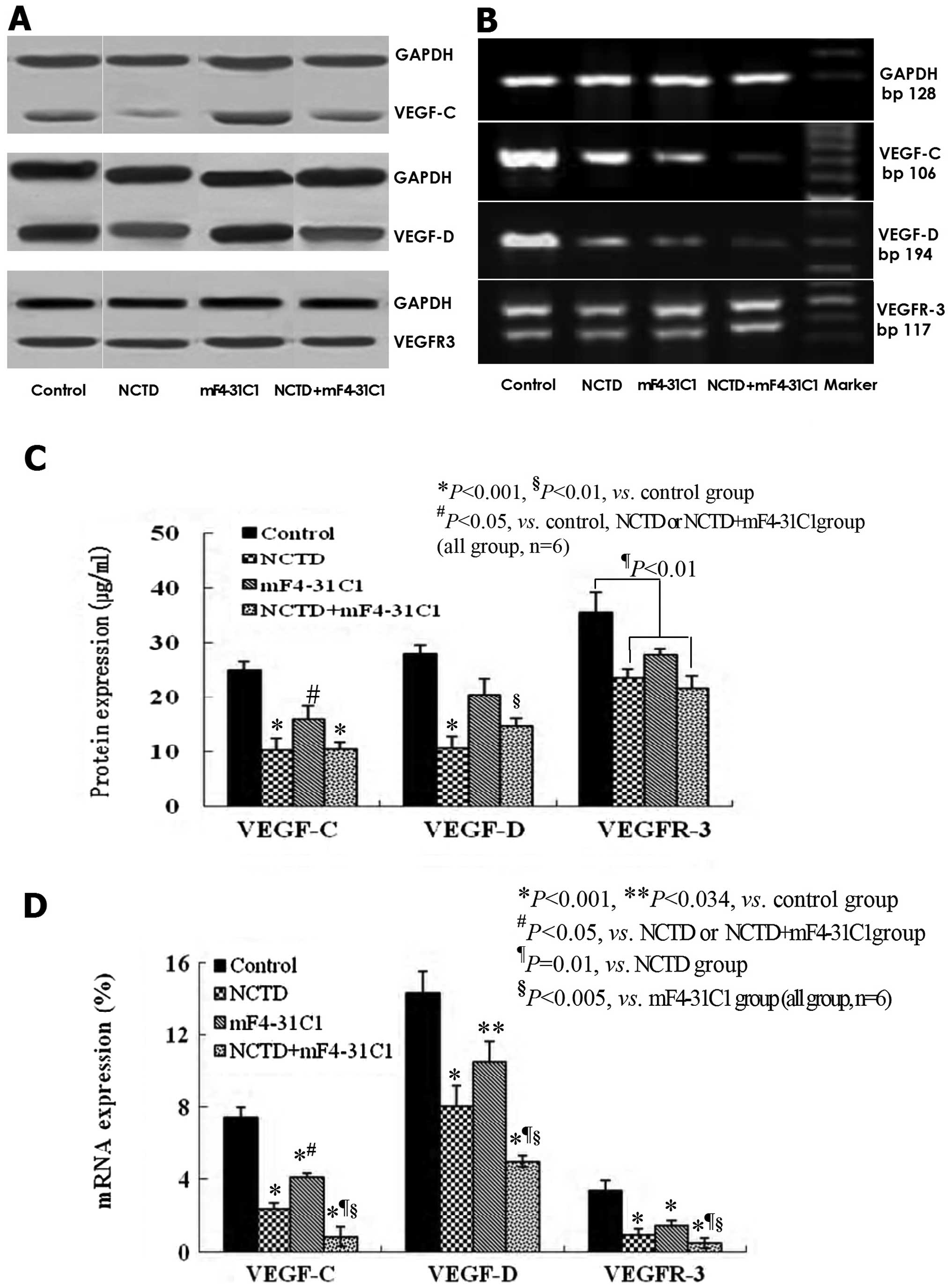|
1.
|
Achen MG and Stacker SA: Tumor
lymphangiogenesis and metastatic spread - new players begin to
emerge. Int J Cancer. 119:1755–1760. 2006. View Article : Google Scholar : PubMed/NCBI
|
|
2.
|
Nagahashi M, Ramachandran S, Rashid OM and
Takabe K: Lymphangiogenesis: a new player in cancer progression.
World J Gastroenterol. 16:4003–4012. 2010. View Article : Google Scholar : PubMed/NCBI
|
|
3.
|
Tobler NE and Detmar M: Tumor and lymph
node lymphangio-genesis-impact on cancer metastasis. J Leukoc Biol.
80:691–696. 2006. View Article : Google Scholar : PubMed/NCBI
|
|
4.
|
Liersch R, Biermann C, Mesters RM and
Berdel WE: Lymph-angiogenesis in cancer: current perspectives.
Recent Results Cancer Res. 180:115–135. 2010. View Article : Google Scholar
|
|
5.
|
Sleeman JP and Thiele W: Tumor metastasis
and the lymphatic vasculature. Int J Cancer. 125:2747–2756. 2009.
View Article : Google Scholar : PubMed/NCBI
|
|
6.
|
Veikkola T, Jussila L, Makinen T, Karpanen
T, Jeltsch M, Petrova TV, Kubo H, Thurston G, McDonald DM, Achen
MG, Stacker SA and Alitalo K: Signaling via vascular endothelial
growth factor receptor-3 is sufficient for lymphangiogenesis in
transgenic mice. EMBO J. 20:1223–1231. 2001. View Article : Google Scholar : PubMed/NCBI
|
|
7.
|
Joukov V, Sorsa T, Kumar V, Jeltsch M,
Claesson-Welsh L, Cao Y, Saksela O, Kalkkinen N and Alitalo K:
Proteolytic processing regulates receptor specificity and activity
of VEGF-C. EMBO J. 16:3898–3911. 1997. View Article : Google Scholar : PubMed/NCBI
|
|
8.
|
Siegfried G, Basak A, Cromlish JA,
Benjannet S, Marcinkiewicz J, Chrétien M, Seidah NG and Khatib AM:
The secretory proprotein convertases furin, PC5, and PC7 activate
VEGF-C to induce tumorigenesis. J Clin Invest. 111:1723–1732. 2003.
View Article : Google Scholar : PubMed/NCBI
|
|
9.
|
Kowanetz M and Ferrara N: Vascular
endothelial growth factor signaling pathways: therapeutic
perspective. Clin Cancer Res. 12:5018–5022. 2006. View Article : Google Scholar : PubMed/NCBI
|
|
10.
|
Wissmann C and Detmar M: Pathways
targeting tumor lymphangiogenesis. Clin Cancer Res. 12:6865–6868.
2006. View Article : Google Scholar : PubMed/NCBI
|
|
11.
|
Ho YP, To KK, Au-Yeung SC, Wang X, Lin G
and Han X: Potential new antitumor agents from an innovative
combination of demethylcantharidin, a modified traditional Chinese
medicine, with a platinum moiety. J Med Chem. 44:2065–2068. 2001.
View Article : Google Scholar : PubMed/NCBI
|
|
12.
|
Deng L and Tang S: Norcantharidin
analogues: a patent review (2006–2010). Expert Opin Ther Pat.
21:1743–1753. 2011.PubMed/NCBI
|
|
13.
|
Fan YZ, Fu JY, Zhao ZM and Chen CQ:
Inhibitory effect of norcantharidin on the growth of human
gallbladder carcinoma GBC-SD cells in vitro. Hepatobiliary Pancreat
Dis Int. 6:72–80. 2007.PubMed/NCBI
|
|
14.
|
Fan YZ, Zhao ZM, Fu JY, Chen CQ and Sun W:
Norcantharidin inhibits growth of human gallbladder carcinoma
xenografted tumors in nude mice by inducing apoptosis and blocking
the cell cycle in vivo. Hepatobiliary Pancreat Dis Int. 9:414–422.
2010.PubMed/NCBI
|
|
15.
|
Chen YJ, Tsai YM, Kuo CD, Ku KL, Shie HS
and Liao HF: Norcantharidin is a small-molecule synthetic compound
with anti-angiogenesis effect. Life Sci. 85:642–651. 2009.
View Article : Google Scholar : PubMed/NCBI
|
|
16.
|
Zhang JT, Fan YZ, Chen CQ, Zhao ZM and Sun
W: Norcantharidin: a potential antiangiogenic agent for gallbladder
cancers in vitro and in vivo. Int J Oncol.
40:1501–1514. 2012.PubMed/NCBI
|
|
17.
|
Achen MG and Stacker SA: Molecular control
of lymphatic metastasis. Ann NY Acad Sci. 1131:225–234. 2008.
View Article : Google Scholar : PubMed/NCBI
|
|
18.
|
Zwaans BM and Bielenberg DR: Potential
therapeutic strategies for lymphatic metastasis. Microvasc Res.
74:145–158. 2007. View Article : Google Scholar : PubMed/NCBI
|
|
19.
|
Kotani M: The lymphatics and
lymphoreticular tissues in relation to the action of sex hormones.
Arch Histol Cytol. 53(Suppl): 1–76. 1990. View Article : Google Scholar : PubMed/NCBI
|
|
20.
|
Zhang Z, Helman JI and Li LJ:
Lymphangiogenesis, lymphatic endothelial cells and lymphatic
metastasis in head and neck cancer - a review of mechanisms. Int J
Oral Sci. 2:5–14. 2010. View Article : Google Scholar : PubMed/NCBI
|
|
21.
|
Nathanson SD: Insights into the mechanisms
of lymph node metastasis. Cancer. 98:413–423. 2003. View Article : Google Scholar : PubMed/NCBI
|
|
22.
|
Hu J, Ye H, Fu A, Chen X, Wang Y, Chen X,
Ye X, Xiao W, Duan X, Wei Y and Chen L: Deguelin - an inhibitor to
tumor lymphangiogenesis and lymphatic metastasis by downregulation
of vascular endothelial cell growth factor-D in lung tumor model.
Int J Cancer. 127:2455–2466. 2010. View Article : Google Scholar : PubMed/NCBI
|
|
23.
|
Dong X, Zhao X, Xiao T, Tian H and Yun C:
Endostar, a recombined humanized endostatin, inhibits
lymphangiogenesis and lymphatic metastasis of lewis lung carcinoma
xenograft in mice. Thorac Cardiovasc Surg. 59:133–136. 2011.
View Article : Google Scholar : PubMed/NCBI
|
|
24.
|
Dong Z, Wei F, Zhou C, Sumida T, Hamakawa
H, Hu Y and Liu S: Silencing Id-1 inhibits lymphangiogenesis
through down-regulation of VEGF-C in oral squamous cell carcinoma.
Oral Oncol. 47:27–32. 2011. View Article : Google Scholar : PubMed/NCBI
|
|
25.
|
Wen J, Fu AF, Chen LJ, Xie XJ, Yang GL,
Chen XC, Wang YS, Li J, Chen P, Tang MH, Shao XM, Lu Y, Zhao X and
Wei YQ: Liposomal honokiol inhibits VEGF-D-induced
lymphangio-genesis and metastasis in xenograft tumor model. Int J
Cancer. 124:2709–2718. 2009. View Article : Google Scholar : PubMed/NCBI
|
|
26.
|
Pytowski B, Goldman J, Persaud K, Wu Y,
Witte L, Hicklin DJ, Skobe M, Boardman KC and Swartz MA: Complete
and specific inhibition of adult lymphatic regeneration by a novel
VEGFR-3 neutralizing antibody. J Natl Cancer Inst. 97:14–21. 2005.
View Article : Google Scholar : PubMed/NCBI
|
|
27.
|
Rinderknecht M, Villa A, Ballmer-Hofer K,
Neri D and Detmar M: Phage-derived fully human monoclonal antibody
fragments to human vascular endothelial growth factor-C block its
interaction with VEGF receptor-2 and 3. PLoS One. 5:e119412010.
View Article : Google Scholar
|
|
28.
|
Zhang D, Li B, Shi J, Zhao L, Zhang X,
Wang C, Hou S, Qian W, Kou G, Wang H and Guo Y: Suppression of
tumor growth and metastasis by simultaneously blocking vascular
endothelial growth factor (VEGF)-A and VEGF-C with a
receptor-immunoglobulin fusion protein. Cancer Res. 70:2495–2503.
2010. View Article : Google Scholar
|
|
29.
|
Lui Z, Ma Q, Wang X and Zhang Y:
Inhibiting tumor growth of colorectal cancer by blocking the
expression of vascular endothelial growth factor receptor 3 using
interference vector-based RNA interference. Int J Mol Med.
25:59–64. 2010.PubMed/NCBI
|
|
30.
|
Yashiro M, Shinto O, Nakamura K, Tendo M,
Matsuoka T, Matsuzaki T, Kaizaki R, Ohira M, Miwa A and Hirakawa K:
Effects of VEGFR-3 phosphorylation inhibitor on lymph node
metastasis in an orthotopic diffuse-type gastric carcinoma model.
Br J Cancer. 101:1100–1106. 2009. View Article : Google Scholar : PubMed/NCBI
|
|
31.
|
Guo B, Zhang Y, Luo G, Li L and Zhang J:
Lentivirus-mediated small interfering RNA targeting VEGF-C
inhibited tumor lymphangiogenesis and growth in breast carcinoma.
Anat Rec. 292:633–639. 2009. View Article : Google Scholar : PubMed/NCBI
|
|
32.
|
Wang J, Zhang B, Guo Y, Li G, Xie Q, Zhu
B, Gao J and Chen Z: Artemisinin inhibits tumor lymphangiogenesis
by suppression of vascular endothelial growth factor C.
Pharmacology. 82:148–155. 2008. View Article : Google Scholar : PubMed/NCBI
|
|
33.
|
Iwata C, Kano MR, Komuro A, Oka M, Kiyono
K, Johansson E, Morishita Y, Yashiro M, Hirakawa K, Kaminishi M and
Miyazono K: Inhibition of cyclooxygenase-2 suppresses lymph node
metastasis via reduction of lymphangiogenesis. Cancer Res.
67:10181–10189. 2007. View Article : Google Scholar : PubMed/NCBI
|
|
34.
|
Cao G, Wu JX and Wu QH: Low molecular
weight heparin suppresses lymphatic endothelial cell proliferation
induced by vascular endothelial growth factor C in vitro. Chin Med
J. 122:1570–1574. 2009.PubMed/NCBI
|
|
35.
|
Nakamura ES, Koizumi K, Kobayashi M and
Saiki I: Inhibition of lymphangiogenesis-related properties of
murine lymphatic endothelial cells and lymph node metastasis of
lung cancer by the matrix metalloproteinase inhibitor MMI270.
Cancer Sci. 95:25–31. 2004. View Article : Google Scholar
|
|
36.
|
Matsumoto G, Yajima N, Saito H, Nakagami
H, Omi Y, Lee U and Kaneda Y: Cold shock domain protein A (CSDA)
overexpression inhibits tumor growth and lymph node metastasis in a
mouse model of squamous cell carcinoma. Clin Exp Metastasis.
27:539–547. 2010. View Article : Google Scholar : PubMed/NCBI
|
|
37.
|
Ischenko I, Seeliger H, Camaj P, Kleespies
A, Guba M, Eichhorn ME, Jauch KW and Bruns CJ: Src tyrosine kinase
inhibition suppresses lymphangiogenesis in vitro and in vivo. Curr
Cancer Drug Targets. 10:546–553. 2010. View Article : Google Scholar : PubMed/NCBI
|
|
38.
|
An WW, Wang MW, Tashiro S, Onodera S and
Ikejima T: Norcantharidin induces human melanoma A375-S2 cell
apoptosis through mitochondrial and caspase pathways. J Korean Med
Sci. 19:560–566. 2004. View Article : Google Scholar : PubMed/NCBI
|
|
39.
|
Yi SN, Wass J, Vincent P and Iland H:
Inhibitory effect of norcantharidin on K562 human myeloid leukemia
cells in vitro. Leuk Res. 15:883–886. 1991. View Article : Google Scholar : PubMed/NCBI
|
|
40.
|
Yang PY, Chen MF, Tsai CH, Hu DN, Chang FR
and Wu YC: Involvement of caspase and MAPK activities in
norcantharidin-induced colorectal cancer cell apoptosis. Toxicol In
Vitro. 24:766–775. 2010. View Article : Google Scholar : PubMed/NCBI
|
|
41.
|
Chen YJ, Kuo CD, Tsai YM, Yu CC, Wang GS
and Liao HF: Norcantharidin induces anoikis through Jun-N-terminal
kinase activation in CT26 colorectal cancer cells. Anticancer
Drugs. 19:55–64. 2008. View Article : Google Scholar : PubMed/NCBI
|
|
42.
|
McColl BK, Loughran SJ, Davydova N,
Stacker SA and Achen MG: Mechanisms of lymphangiogenesis: targets
for blocking the metastatic spread of cancer. Curr Cancer Drug
Targets. 5:561–571. 2005. View Article : Google Scholar : PubMed/NCBI
|
|
43.
|
Cohen-Kaplan V, Naroditsky I, Zetser A,
Ilan N, Vlodavsky I and Doweck I: Heparanase induces VEGF C and
facilitates tumor lymphangiogenesis. Int J Cancer. 123:2566–2573.
2008. View Article : Google Scholar : PubMed/NCBI
|
|
44.
|
Hoshida T, Isaka N, Hagendoorn J, di
Tomaso E, Chen YL, Pytowski B, Fukumura D, Padera TP and Jain RK:
Imaging steps of lymphatic metastasis reveals that vascular
endothelial growth factor-C increases metastasis by increasing
delivery of cancer cells to lymph nodes: therapeutic implications.
Cancer Res. 66:8065–8075. 2006. View Article : Google Scholar
|
|
45.
|
Bierer S, Herrmann E, Kopke T, Neumann J,
Eltze E, Hertle L and Wülfing C: Lymphangiogenesis in kidney
cancer: expression of VEGF-C, VEGF-D and VEGFR-3 in clear cell and
papillary renal cell carcinoma. Oncol Rep. 20:721–725.
2008.PubMed/NCBI
|
|
46.
|
Choi JH, Oh YH, Park YW, Baik HK, Lee YY
and Kim IS: Correlation of vascular endothelial growth factor-D
expression and VEGFR-3-positive vessel density with lymph node
metastasis in gastric carcinoma. J Korean Med Sci. 23:592–597.
2008. View Article : Google Scholar : PubMed/NCBI
|
|
47.
|
Su JL, Yen CJ, Chen PS, Chuang SE, Hong
CC, Kuo IH, Chen HY, Hung MC and Kuo ML: The role of the
VEGF-C/VEGFR-3 axis in cancer progression. Br J Cancer. 96:541–545.
2007. View Article : Google Scholar : PubMed/NCBI
|
|
48.
|
Chen Z, Varney ML, Backora MW, Cowan K,
Solheim JC, Talmadge JE and Singh RK: Down-regulation of vascular
endothelial cell growth factor-C expression using small interfering
RNA vectors in mammary tumors inhibits tumor lymphangiogenesis and
spontaneous metastasis and enhances survival. Cancer Res.
65:9004–9011. 2005. View Article : Google Scholar
|
|
49.
|
Lin J, Lalani AS, Harding TC, Gonzalez M,
Wu WW, Luan B, Tu GH, Koprivnikar K, VanRoey MJ, He Y, Alitalo K
and Jooss K: Inhibition of lymphogenous metastasis using
adeno-associated virus-mediated gene transfer of a soluble VEGFR-3
decoy receptor. Cancer Res. 65:6901–6909. 2005. View Article : Google Scholar : PubMed/NCBI
|















